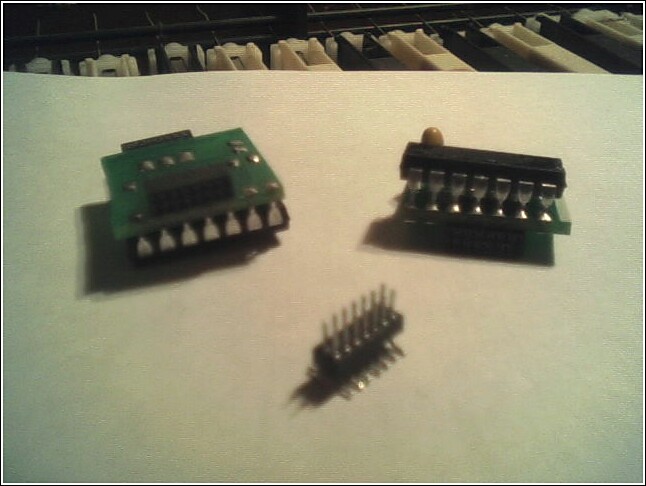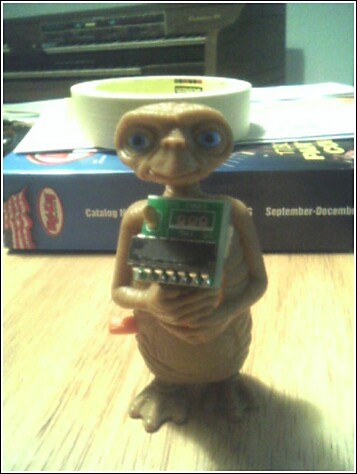[quote author="asm"]question to those who have looked at the schematic cause i cant find it in the Manual i have...
[/quote]
http://www.gyraf.dk/schematics/Behringer_ada8000_analouge.PDF
http://www.profusionplc.com/static/images/data%20sheets/al1101.pdf
look to page 6 & 7
The AD requires a differential signal of 4 v PtoP for both pos and neg inputs.
Analog Inputs
The AL1101 inputs are self-biased to the MID potential. Input signals larger than maximum
levels (+/-4V differential) but smaller than the supply rails are output limited to maximum
positive and negative levels in the digital section (7f f f f fH and 800000H respectively).
Reference and MID
The differential potential between the REF+ and REF- pins (connected to 5V and GND
respectively) determines the amount of charge that is added to or removed from the modulator?s
first stage during each input sample period (64Fs). It is very important that REF+ is well
bypassed to REF- (.1µF ceramic as close as possible to pins) to remove the unwanted effects of
high frequency noise.
The MID potential is developed on chip (VA/2 volts) and is used to bias the internal amplifiers in
the modulator, and to provide a reference which determines the polarity of the modulator
output. It requires a .1µF bypass to GND at the pin. No load current should be taken from the
MID pin.
you need to look at the diagram to see what is meant here ... look for the pin marked MID.
You will see that on the main PCB of the ADA80000 is practicaly the WaveFront circuit as it appears in the app note.
This does provide the possiblity of bypassing the Mic-pre bits.
What I find more interesting is the opto encoder and decoder pair.
Check the definitions of ADAT format/type
The format pins are summarized in the Formats table. The AL1401A provides support for both
the ADAT Type I format (16-bit) and the ADAT Type II format (20-bit).
Even though the chips may support 24 bit ...
The AL1401A OptoGen? interface has been designed for ease of use and flexibility in systems
designed to interface to the ADAT protocol. It supports both left and right justified 16, 18, 20,
22 and 24-bit data formats for ease of integration into existing devices as well as new devices.
These formats allow it to operate in parallel with many standard DACs.
There is even talk of MIDI and Timecode data. Doesn't say what sort of time code data and it ma only be Alesis Adat time code.
BUT
what we don't know is how each manufacturer sets up things like, the MODE switches.
This also rings true for the Crystal Labs converters and some of the hidden features in their chips.
http://www.digitalaudio.dk/adda_2408.htm
Psycho acoustic dither selectable for A/D and D/D inputs to 16, 18, and 20bit
There are AES papers on this Psycho acoustic dither stuff.
complicated isn't it





